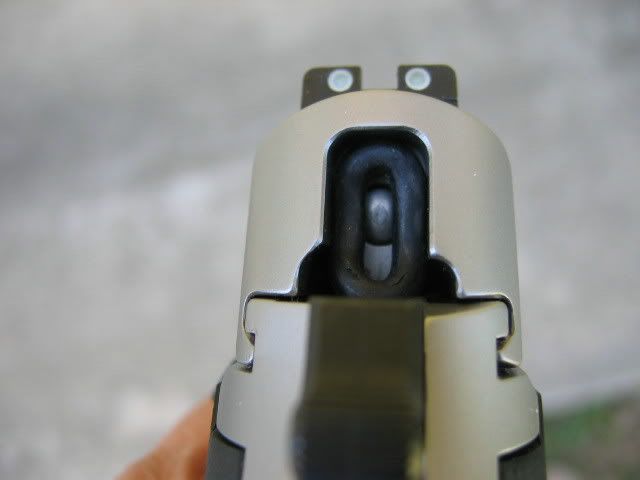What is the purpose for that? I've never heard of it.
It would teach trigger control, the most important aspect of the fundamentals of marksmanship.
This is not a new concept. Capt Edward Crossman talks of this in his book. "Military and Sproting Rifle Shooting" that came out just after WWI.
Col Macnab, who was commissioned by Gen Pershing to come up with a marksmanship program because of our poor preformance when we entered WWI. Col Macnab's program is what is taught in the CMP's Small Arms Firing Schools at Camp Perry and other major CMP Games. Macnab talks of this.
Townsend Whelen talks about this also in his books. Gary Anderson, Olympic Medal winner and holder of the International Rifle Offhand Record, Chief instructor of the CMP GSM Master Instructor Course talks about this.
It certainly isn't a new concept.
It is critical in off hand shooting where we win or loose matches.
None of us can hold a rifle or pistol perfectly still. We have a wobble areas, some more then others but the prinicpal is the same. Basicly Crossman and Macnab tell us (after getting a good position and natural point of aim) to aim at the target and squeeze the trigger as the sight passed over the target, stop squeezing, but hold what you have, as the sights wobble off the target, then squeeze again as you pass back over the target, stop, squeeze, etc until you reach the end and the rifle fires.
It takes a lot of practice to do this, and I think the OPs ideal would help accomplish this.
Regardless how solid your fundamentals are, it just takes a smiggin movement of the rifle by poor trigger control to screw up everything. About .001 inch movement of the rifles sights to get off 1 MOA at 100 yards (with a 24 inch sight radius, OR .013 inch of error to move the pistol round 1 inch at 25 yards with a 4 inch sight radius.
Neither error mentioned isn't great and I doubt most of use can detect such movement. But its compounded to maybe .004 or .043, also hard to see means 4 inchs movement of the impact. The only thing we can do is work on our trigger control.

